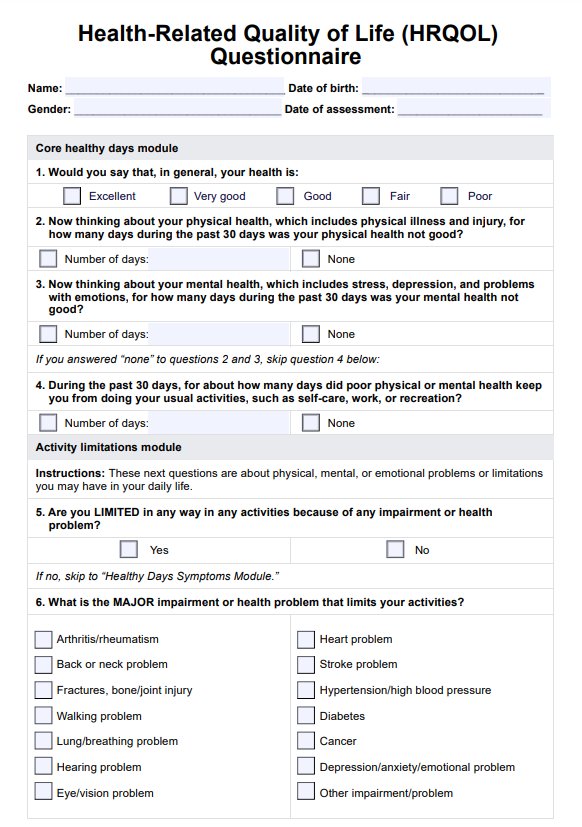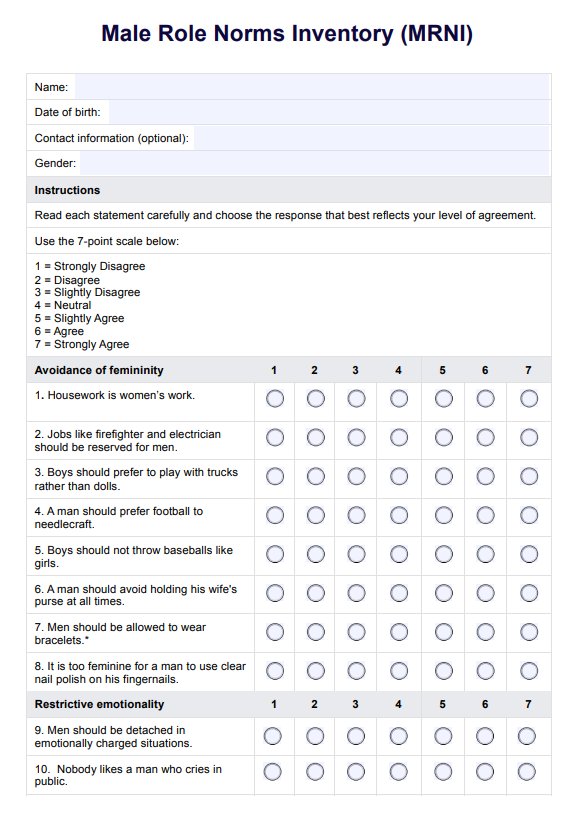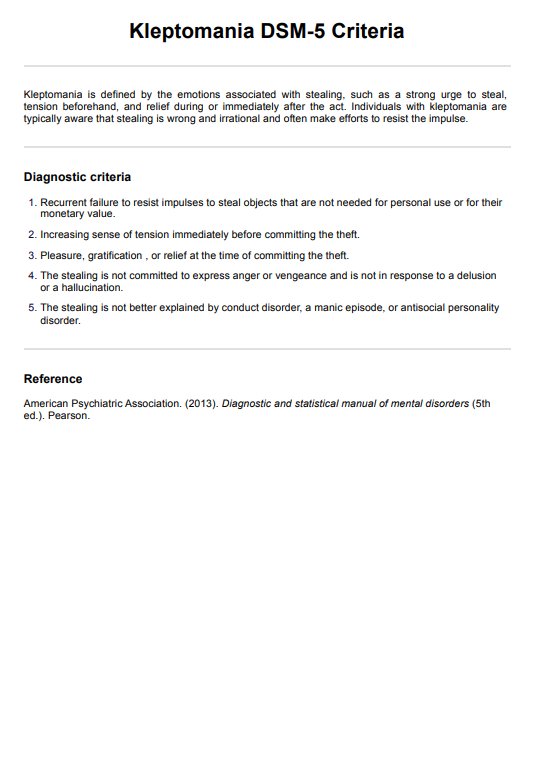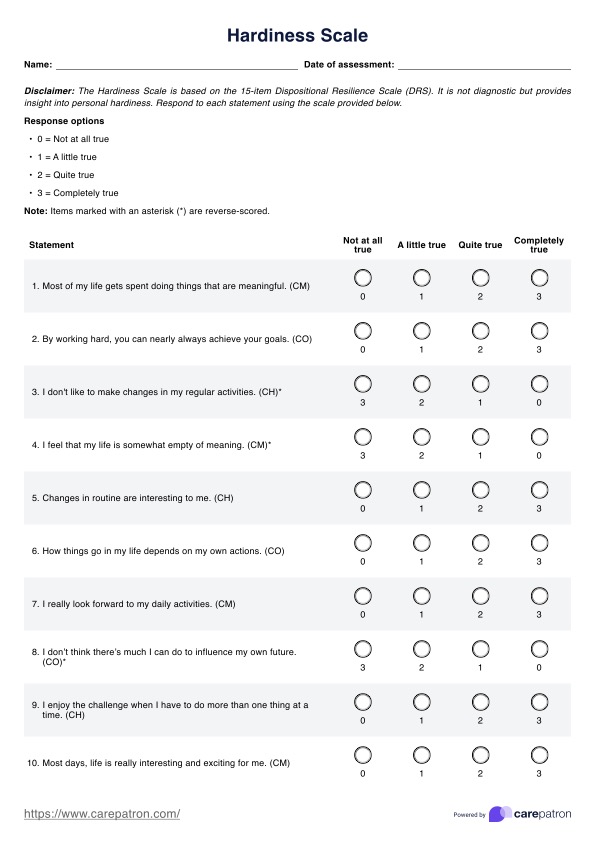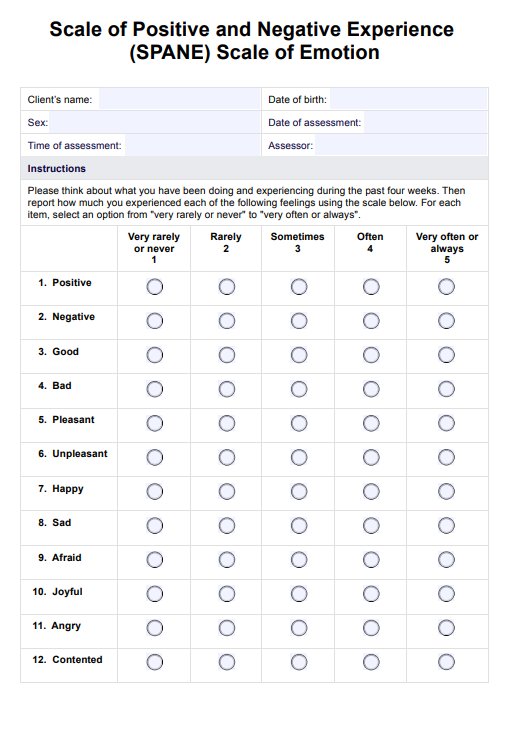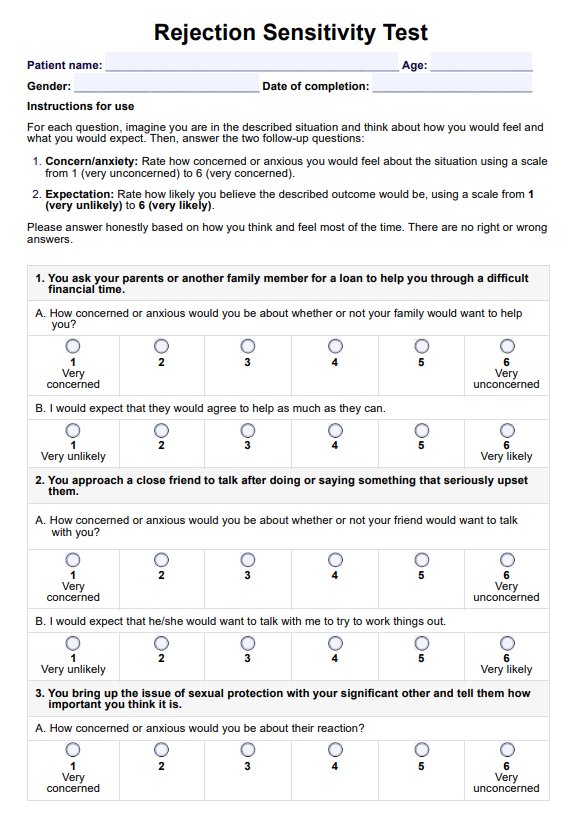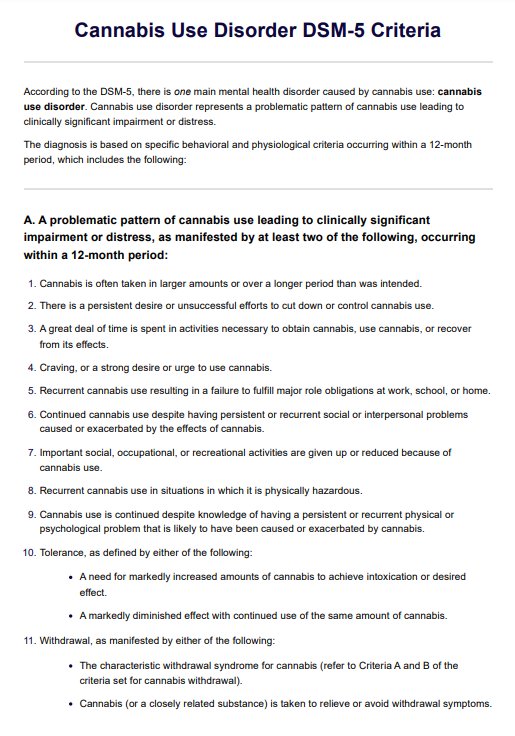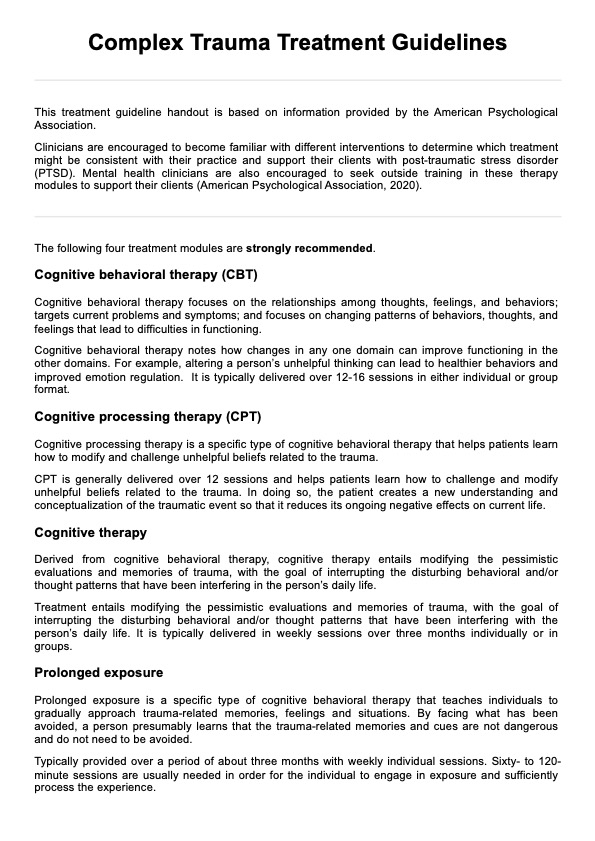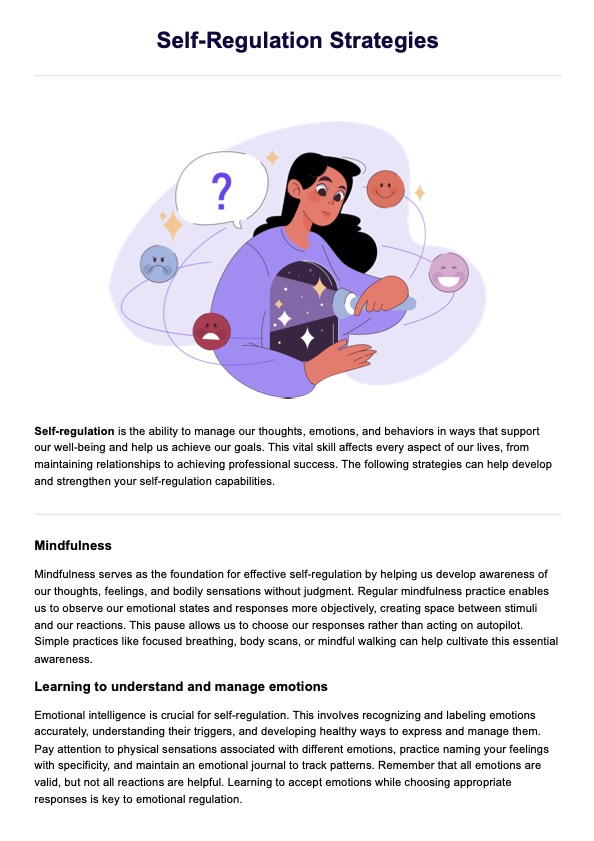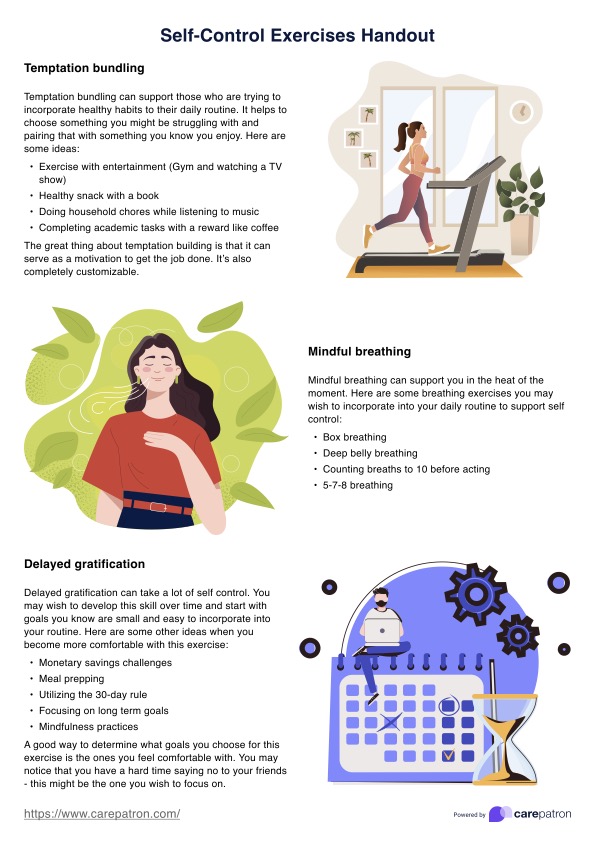Conners’ Rating Scale for Parents (Revised - L)
Issue this revised long-form Conners’ Rating Scale for Parents to those who suspect their child might have ADHD.


What is ADHD?
Attention-deficit/hyperactivity disorder, or ADHD for short, is a developmental disorder where people find it challenging to keep their attention on something for long, and their attention is often pulled into different directions. A person with ADHD will also become impulsive and hyperactive.
ADHD can significantly affect a person's daily life and overall mental well-being, depending on the severity of the disorder and the individual's ability to manage their symptoms. Some common symptoms include frequent mood swings, frustration, hot tempers, restlessness, and a tendency to jump from one activity to another. Individuals with ADHD may also struggle to complete tasks, maintain focus, prioritize effectively, stay organized, and plan well. Recognizing these challenges is essential for better understanding and support.
Children exhibiting hyperactivity and impulsivity may leave a negative impression on peers and teachers, often being perceived as disruptive or unfocused, which can lead to social isolation and difficulties in forming friendships (Thompson et al., 2023). Conversely, these children may also demonstrate unique strengths, such as creativity and high energy, which can leave a positive impression when channeled appropriately in environments that support their needs.
There are numerous ADHD scales to choose from when assessing a child for ADHD. One group of ADHD scales that healthcare professionals, parents, and teachers can use is the Conners' Rating Scale. This scale is a valuable ADHD assessment tool that measures different aspects of a child's behavior, such as inattention and hyperactivity.
Conners’ Rating Scale for Parents (Revised - L) Template
Conners’ Rating Scale for Parents (Revised - L) Example
What is the Conners' Rating Scale?
The Conners’ Rating Scale is a widely utilized assessment tool designed to evaluate the presence and severity of ADHD symptoms in children and adolescents. This comprehensive scale is available in various formats, including a Conners parent rating scale and a Conners teacher rating scale, enabling a multi-faceted approach to diagnosis by gathering perspectives from different environments. The Conners scale assesses symptoms such as impulsivity, hyperactivity, and inattention, making it a valuable resource for healthcare professionals.
Parents can download a Conners' Rating Scale PDF called Conners' Rating Scale - Parent (Revised - L) designed for their use for easy reference and completion, while teachers can use the Conners questionnaire for teachers to provide insights that contribute to a holistic understanding of a child's behavior at school. Utilizing both the Conners test and related assessment tools ensures a thorough evaluation, guiding effective intervention strategies for managing ADHD.
Parents and healthcare professionals can also benefit from the Conners 3rd Edition, a comprehensive multi-informant assessment designed to assist in the diagnosis and monitoring of ADHD while also identifying other behavioral, emotional, and academic challenges. Building on the solid findings of its predecessor, the Conners’ Rating Scales-Revised (CRS-R), the Conners 3 the latest version of the scales, strongly emphasizes ADHD and its related characteristics while also addressing comorbid conditions such as oppositional defiant disorder and conduct disorder (Conners et al., 2011). It includes self-report forms and teacher forms to be used depending on the assessment's purpose.
How to use the Conners' Rating Scale - Parent (Revised - L)
This version of the Conners' Rating Scale for Parents is from Conners' 1997 work, The Conners Rating Scales – Revised Manual, designed to comprehensively evaluate a child's behavior and assess the presence and severity of ADHD symptoms. This scale consists of 80 items to be rated by parents based on their child's behavior over the past month. Each item is rated using the following options:
- Not true at all = 0 points
- Just a little true = 1 point
- Pretty much true = 2 points
- Very much true = 3 points
After parents complete the scale, the scores are totaled. Healthcare professionals typically use the T-score standardized measure to interpret the results:
- A T-score below 60 suggests no ADHD.
- A T-score above 60 indicates possible ADHD.
- A score above 70 suggests severe ADHD symptoms.
Keep in mind that the Conners' Rating Scales are just one tool for assessing ADHD. It's advisable to use additional rating scales to ensure consistency and to cross-check findings against the latest ADHD criteria from the Diagnostic and Statistical Manual of Mental Disorders.
When is it best to use the Conners' Rating Scale - Parent (Revised - L)?
The Conners' Rating Scale - Parent (Revised - L) is best utilized when identifying symptoms associated with ADHD in children and adolescents. Here are some scenarios where the Conners' Rating Scale - Parent (Revised - L) may be the most appropriate tool to use:
Initial assessment
When a child or adolescent is suspected of having ADHD, the Conners' Rating Scale - Parent (Revised - L) can be used as part of the initial assessment. This will help to gather information from parents and caregivers about the child's behavior in various settings.
Baseline evaluation
This ADHD rating scale can also be used as a baseline evaluation to track an individual's progress after starting therapy or medication for ADHD. This can also measure any changes in symptoms over time.
Monitoring treatment effectiveness
As mentioned, the Conners' Rating Scale - Parent (Revised - L) can be used to track changes in symptoms over time. This makes it an effective tool for monitoring the effectiveness of treatment methods and interventions for ADHD.
Differentiation between ADHD and other disorders
The Conners' Rating Scale - Parent (Revised - L) is specifically designed to assess symptoms associated with ADHD, making it a useful tool to differentiate between ADHD and other disorders that may present with similar symptoms.
What are the benefits of using this version of the Conners' Rating Scale?
Here are a few benefits of using this version of the Conners' Rating Scale:
It's an easy scale to answer
This version of the Conners' Rating Scale may be lengthy, but it offers a straightforward way to respond. Parents will simply need to evaluate their child for each item based on their behavior over the past month. There’s no requirement for detailed explanations; this will come later during the comprehensive evaluation for children suspected of having ADHD. Parents only need to select one of the four answer options that best describes their child for each statement. Completing the scale should take no more than twenty minutes.
The scale can help professionals decide what to do next
This version of the Conners' Rating Scale is beneficial as it addresses various problems commonly associated with potential ADHD in children. With eighty items to rate, healthcare professionals have ample material for evaluation. Based on the scores, they can determine if further testing is needed or if the child does not have ADHD. Once diagnosed, they can use the scale's results alongside other assessments to create a tailored treatment plan focused on key concerns.
It can be used to monitor the child later on
ADHD screening tools can be used repeatedly to monitor progress in children diagnosed with ADHD. If you're still in touch with the parents, schedule routine checkups and provide them with another copy of the scale. A lower score indicates that the treatment plan is effective, while a higher score may require adjustments or more time.
References
Conners, C. K., Pitkanen, J., & Rzepa, S. R. (2011). Conners 3rd edition (Conners 3; Conners 2008). Encyclopedia of Clinical Neuropsychology, 675–678. https://doi.org/10.1007/978-0-387-79948-3_1534
Conners, C. K. (1997). The Conners Rating Scales – Revised Manual. North Towanda, NY: Multi-health System
Thompson, K. N., Agnew-Blais, J. C., Allegrini, A. G., Bryan, B. T., Danese, A., Odgers, C. L., Matthews, T., & Arseneault, L. (2023). Do children with attention-deficit/hyperactivity disorder symptoms become socially isolated? Longitudinal within-person associations in a nationally representative cohort. JAACAP Open, 1(1). https://doi.org/10.1016/j.jaacop.2023.02.001
Commonly asked questions
The Conners score for attention-deficit/hyperactivity disorder (ADHD) is a numerical representation derived from Conners assessments that measure the severity of ADHD symptoms in individuals. This score helps clinicians evaluate the presence and impact of ADHD traits, allowing for a more accurate diagnosis and tailored treatment plan. It is typically based on responses from various questionnaires completed by parents, teachers, or individuals.
The Conners parent questionnaire for attention-deficit/hyperactivity disorder (ADHD) is a standardized tool used by parents to report their child's behavior and emotional health. This questionnaire gathers insights into the child's symptoms, functioning in different settings, and any behavioral issues they may exhibit. The information collected helps healthcare professionals assess the child's condition and decide on the best course of action for treatment or intervention.
The best attention-deficit/hyperactivity disorder (ADHD) rating scale is subjective and can vary depending on the individual's needs and preferences. Mental health professionals often use various rating scales to evaluate ADHD symptoms.

















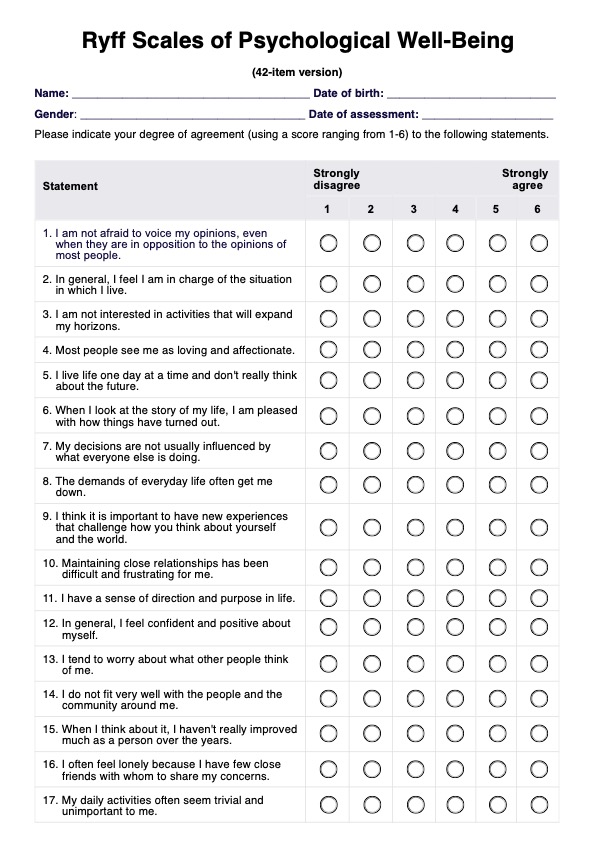
-template.jpg)




